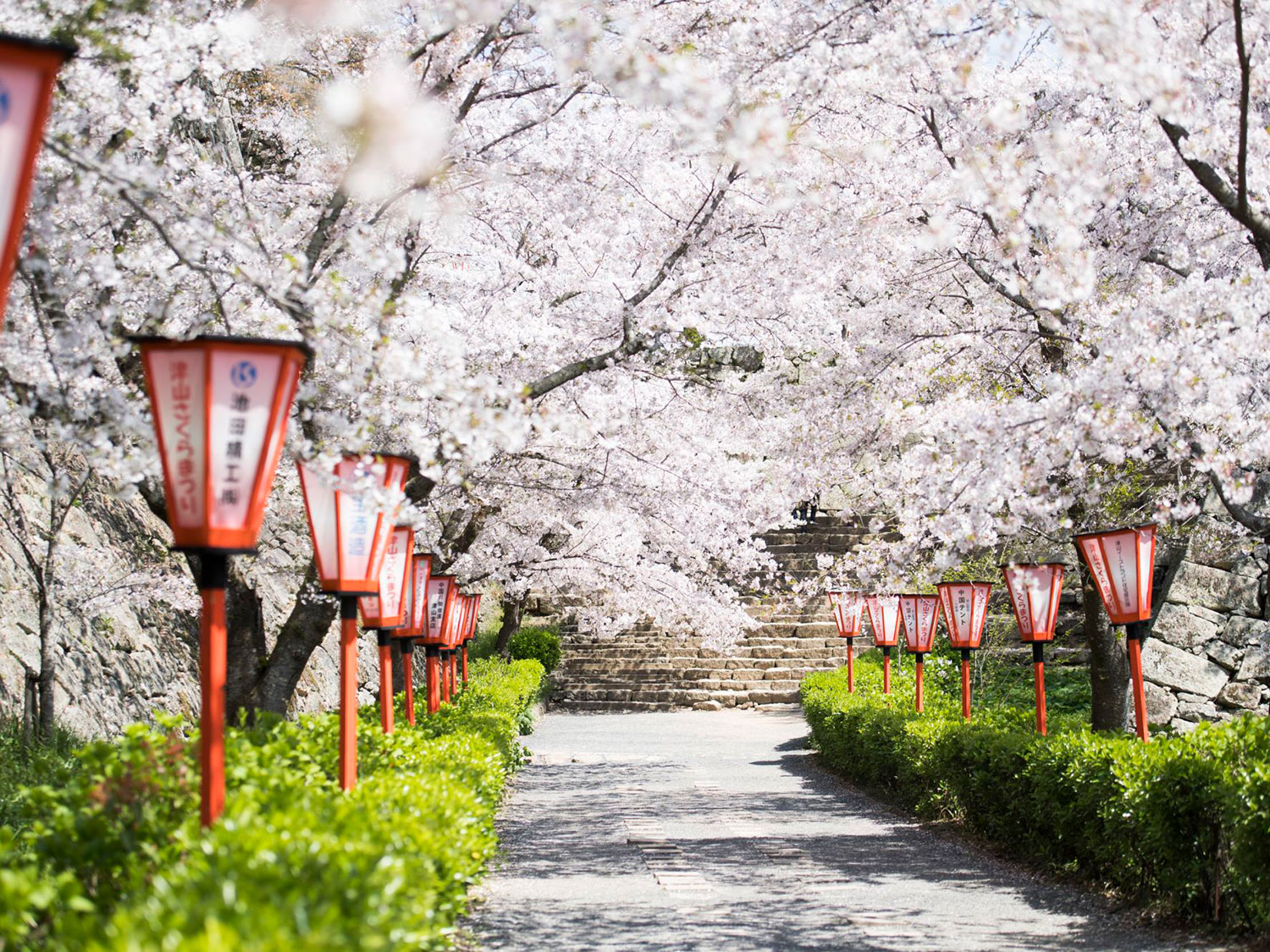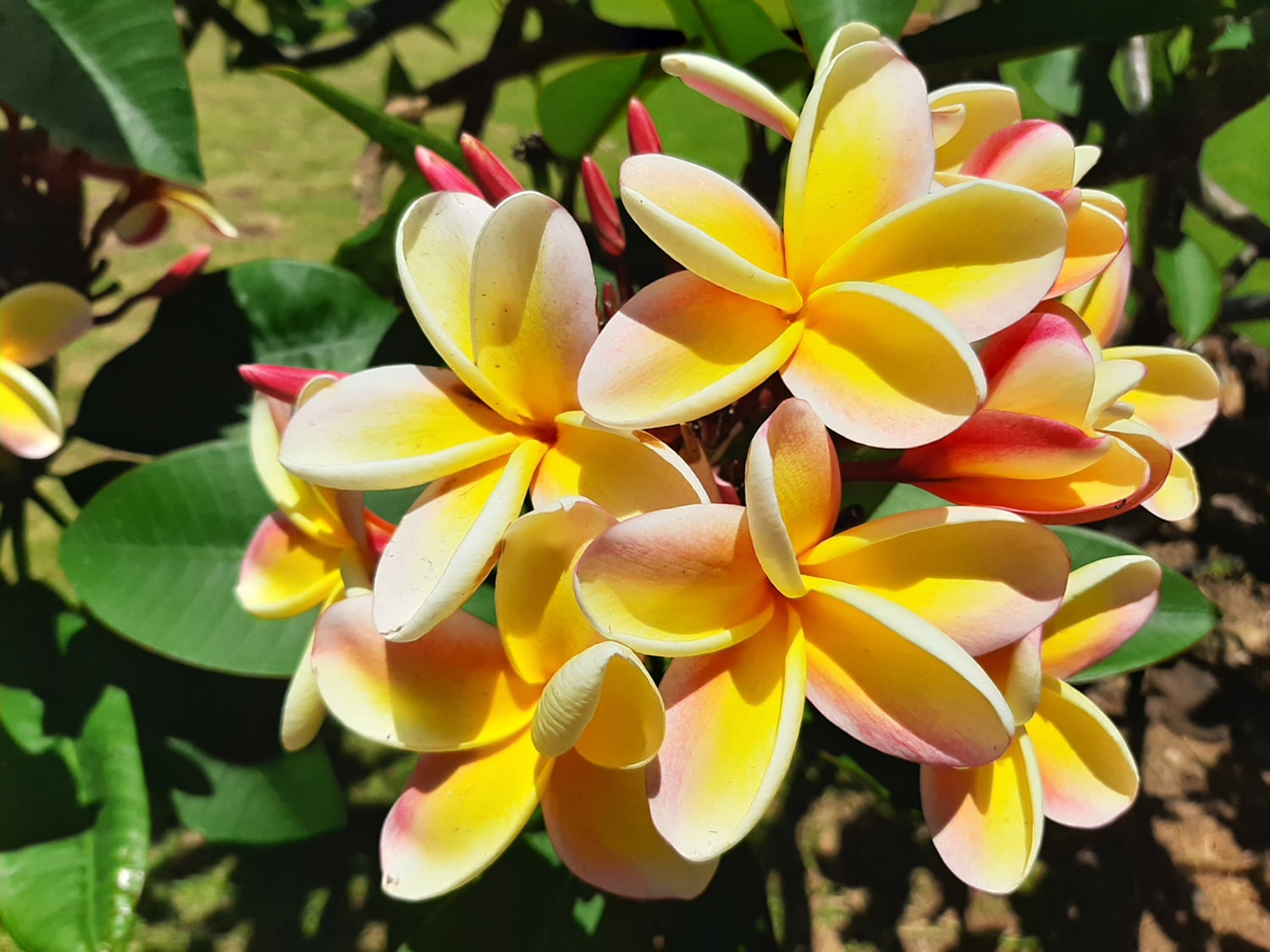Celebrate Earth Day With 10 Iconic Island Trees
Take time to appreciate the beauty of your favorite destinations by learning about these stunning natural landmarks.
As we approach Earth Day (April 22), a day established in 1970 not to celebrate our planet's natural beauty, but instead to educate us about its continuing environmental fragility, what better way to commemorate than with a look at some of the world's most fascinating must-see trees? They are the giver of life, cleaning the atmosphere of carbon dioxide and creating the oxygen we breathe, and Earth Day's founders seek to protect and nurture this vital commodity by planting tens of millions of trees through the Canopy Project.
Our planet's trees are also incredibly diverse and amazing to behold—and guess what? Many notable varieties are found on some of our favorite islands. Here's where you can see 10 of them—from enigmatically shaped baobabs and dragon trees to flowering cherries and jacarandas.
Madagascar: The Baobab Tree
Known for its biodiversity, the Indian Ocean island of Madagascar is home to more than 100,000 unique species including five types of lemurs, an atypical monkey only found here. But for tree-lovers, no visit is complete without seeing the one-of-a-kind forest known as the Avenue of the Baobabs.
Six of Earth's eight species of baobab only grow in Madagascar and this clutch of whimsically shaped trees, most of them more then 800 years old, is located 12 miles from Morondava.
Aruba: The Fofoti Tree
It stands alone on Eagle Beach and has ended up in countless Instagram posts—but this iconic landmark is often mislabeled: It is a Fofoti tree, not one of the famous divi-divi trees that dot the arid landscape of Aruba. Both species point in a southwesterly direction, due to the wind's direction on the constantly breezy island, but only the Fofoti grows on the beach.
Tenerife: The Dragon Tree
Dragon trees are not exclusive to Tenerife, the largest of Spain's Canary Islands, but the one that grows in the charming village of Icod de los Vinos is famous and known as El Dragon Milinario. The reason? Its size (an estimated 56 feet tall and 66 feet wide) and its age (said to be 800 to 1,000 years).
Shaped like a massive broccoli floret, the dragon tree got its name because it secretes a red resin that was dubbed "dragon's blood." There are actually two dragon trees in Icod de los Vinos, and while the second one is younger and smaller, it's still mesmerizing.
Japan: The Cherry Tree
Each spring on Honshu, Japan's main island, the natural and cultural phenomenon of enjoying the sakura—the cherry blossoms—occurs, drawing locals and tourists to appreciate the beauty of these delicate pink flowers that seem to float in mid-air. The bloom peaks in different places across the island, from late March in the south to late April in the north, and there are dozens of scenic spots to take it all in.
In Tokyo, where the blossoms are typically at their most breathtaking in late March and early April, popular viewing points include Chidori-ga-fuchi Moat and Shinjuku Gyoen National Garden. Tsuyama, in central Japan, is also known for its cherry blossoms, especially around Tsuyama Castle.
Capri: The Parasol Pine
There are dozens of reasons to visit the fabled Italian island of Capri, a spot favored by the Roman emperors for its beauty and sweeping views across the Bay of Naples. Known for both its rocky geography and its botanical bounty, Capri beckons visitors from spring through fall with its myriad plant and tree species—including the alluring parasol pine (aka stone pine), a distinctively ornamental tree found throughout Italy and the Mediterranean and named for that which it resembles.
The Seychelles: The Coco de Mer Palm
Known as the "Love Nut," the highly suggestive seed of the towering Coco de Mer palm tree reminds many visitors of a shapely pair of human buttocks—and weighs in at an impressive 35 pounds, making it the largest seed in the plant kingdom.
It is found in the wild on only two islands in the Seychelles, Praslin and Curieuse, and in the Seychelles National Botanical Gardens in Victoria, the capital of its main island Mahe.
Maui: The Jacaranda Tree
Which Hawaiian island has the most spectacular jacarandas? That's up for debate—this gorgeous species with its bright purple blossoms is found in quantity on Maui, Oahu, Kauai and the island of Hawaii. But a tour of the Kula Highway in Upcountry Maui, located on the slopes of volcanic Haleakala, during the months of April and May, will surround you in a heavenly sea of amethyst blooms.
Drive it, or for an active adventure, ride it with Bike Maui on a thrilling downhill sunrise tour from atop 10,023-foot Haleakala.
Tahiti and Hawaii: The Frangipani Tree
Not only are these striking trees with clusters of five-petaled white, yellow, or pink blossoms a beautiful sight all around French Polynesia and the Hawaiian islands (where they are more commonly known as plumeria), but they also scent the air with a heavenly perfume at every turn.
Used to make traditional floral leis and headdresses and as a scent for massage oils, these distinctive petals (along with tiare blossoms in Tahiti) are also worn one at a time—behind the left ear to signal your heart is taken and behind the right to let the world know you're single.
Barbados, Puerto Rico, and U.S. Virgin Islands: The Flamboyant Tree
Established throughout the Caribbean, but especially on the islands of Barbados, Puerto Rico, St. Thomas, and St. Croix, the vibrant Flamboyant tree (aka the Flame Tree or Royal Poinciana) adds a bold dash of spicy color to the mostly cool green and blue hues of the Caribbean.
They aren't native (they were brought to the islands in the 19th century from Madagascar) but thrive in tropical locales and now adorn many Caribbean gardens and roadsides, blooming during the summer months.
Oahu and Maui: The Banyan Tree
Most trees grow upward, but the banyan tree does things differently—it also grows downward with long, tentacle-like branches reaching into the ground, forming a natural maze. Banyans live for hundreds of years and two impressive examples can be found on Oahu and Maui.
The Banyan Courtyard at the Westin Moana Surfrider on Waikiki Beach is named for the 118-year-old tree that grows there. And visitors to Maui can ogle the largest banyan tree in Hawaii in Old Lahaina, which was planted in 1873, spans an entire block and reaches 60 feet in height.










